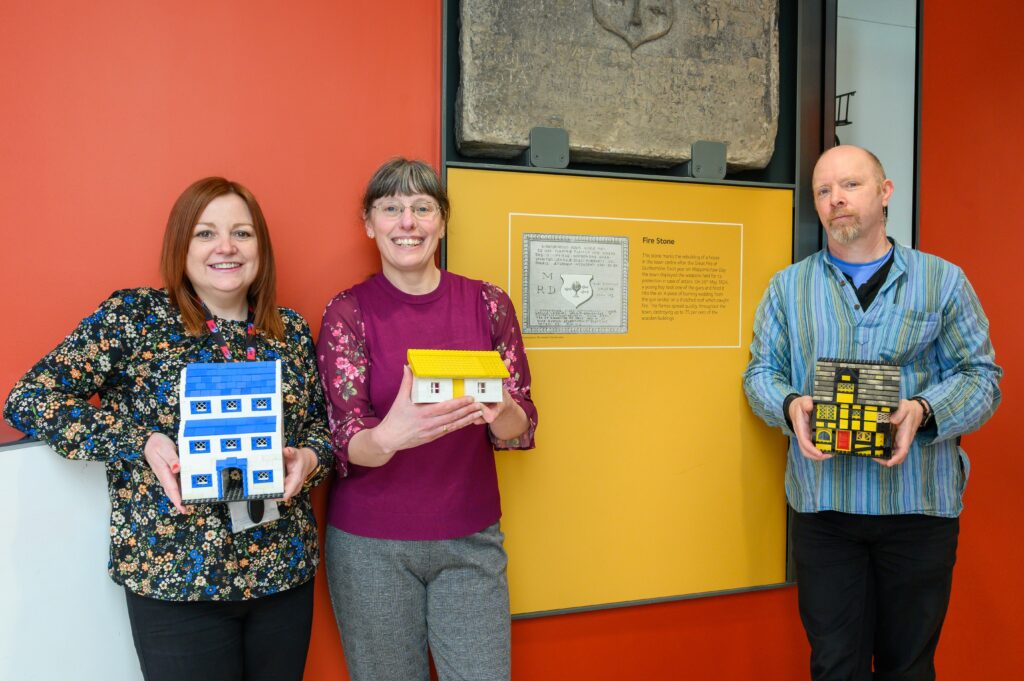
What Shall We do for the Rent? ©Egan, Matthews & Rose 2021
A painting on loan from the Fife Collections, which is cared for by OnFife, is playing a key role in a major new exhibition on the “radical” works by Britain’s most important post-Impressionist painter.
Walter Sickert painted early 20th century society as he saw it and his work ‘What Shall We Do for the Rent?’, featuring a man sitting on a chair while a female figure lies behind him, is part of his chilling ’Camden Town Murder Series’.
Sickert’s subjects existed on the margins of society and he himself once faced accusations that he was notorious serial killer Jack the Ripper, a theory that has been disproved but continues to fascinate even today. His artwork features slums, music halls and people trapped in poverty, going beyond the Victorian veneer of respectability.
As part of the loan for the exhibition, Sickert: A Life in Art at Liverpool’s Walker Art Gallery, the painting was conserved to ensure it was safe to travel. Dundee-based painting conservators Egan, Matthews & Rose cleaned and repaired minor damage to the painting and frame. The very glossy varnish was adjusted to give a more sympathetic finish, and low-reflective glass added to reduce glare. The result is a much brighter and clearer painting for visitors to enjoy.
Charlotte Keenan McDonald, Lead Curator of Fine Art (British Art), at the Walker Art Gallery, said: “Walter Richard Sickert was a radical painter who was determined to capture society as he saw it – regardless of whether this ‘rawness’ offended his audiences.
“Visitors to the exhibition will experience first-hand how Sickert chronicled Britain during a period of rapid change through an outstanding and uncompromising body of work.”
Jane Freel, Collections Curator at OnFife, said: “We are pleased to share this bold and intriguing artwork and have it seen by a huge audience at this major exhibition.
“The conservation work carried out also means that whole new audiences can access the work of Walter Sickert, who was such an important figure in Post-Impressionism.”
There are six works by Sickert in the Fife Collections, which were acquired as part of the Blyth Collection from linen merchant John Blyth.
The exhibition runs until 27 February 2022. Click here for more information.




